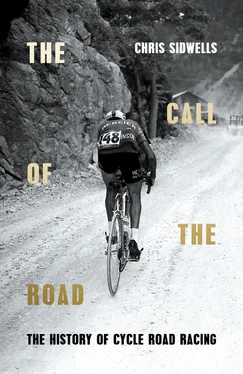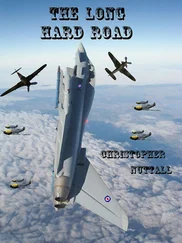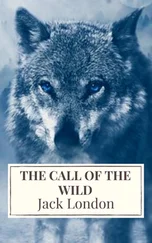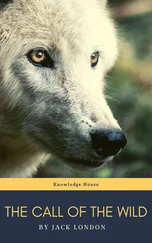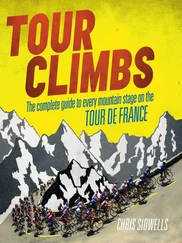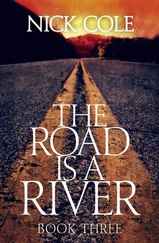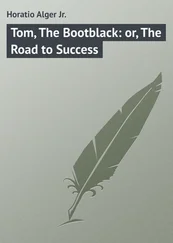Once at the blacksmith’s, Christophe stoked up the forge, took some metal tubing from the smith, and made a new fork blade. It was a difficult job and Christophe needed both hands for the repair, but a forge needs regular blasts of air to keep the fire hot enough to work the metal. Legend has it that Christophe asked the boy who worked in the forge to operate the bellows for him, and doing so was noted by the officials who had stopped to see that he did the repair himself, as the Tour de France rules said he must.
With the repair done, Christophe was ready to complete the stage, but he knew he’d broken race rules by having the blacksmith’s lad help him. He knew the officials who’d watched could penalise him. The story goes that when one of them said he was going out to the village to get some food because he was starving, Christophe growled, ‘Stay there and eat coal. While you are watching me I am your prisoner and you are my jailer.’
Work in the forge took Christophe three hours, after which he set off to climb the Aspin and the Peyresourde, eventually arriving in Luchon 3 hours and 50 minutes behind the stage winner, Philippe Thys. He’d taken nearly 18 hours to complete the 326 kilometres. There’s a plaque commemorating Christophe’s epic day in the village centre of Ste Marie-de-Campin today.
Thys took over the race lead, lost it next day to Marcel Buysse, but took it back after Buysse crashed and had to run to a village to make repairs of his own on stage nine. Then Thys began to pull ahead with consistent rather than flashy riding through the Alps, and won his first Tour de France.
Thys won again the following year in a race that was contested under the gathering threat of the First World War. Archduke Franz Ferdinand was assassinated in Sarajevo on the day the Tour started, and when the race ended on 26 July, Europe was eight days from war. On 3 August the German army invaded Belgium and many of the men who had raced in the Tour were drafted into their national armies. Not all of them survived.
Growing the Roots of Tradition
By the second decade of the twentieth century cycling had two of its three Grand Tours, and four of the single-day races known as the monuments. Road racing was taking root. It would have to wait until 1935 for the third Grand Tour, the Vuelta a España, but the fifth monument was born in 1913.
The Tour of Flanders, or De Ronde van Vlaanderen in Flemish, was another product of a newspaper trying to establish itself, but with some extra inspiration. The race had, and still has, a lot to do with Flemish regional identity.
Flemish cycling, like Flanders itself, suffered during the early part of the twentieth century. While a few road races had been held in the region towards the end of the previous century, interest was mainly focused on the track. But now, even the velodromes were closing.
There weren’t many Belgian road racing teams, so the best Flemish road racers, like Cyril Van Hauwaert, had to ride for foreign teams to make a reasonable living. Also, there was a growing feeling in Flanders that it was Belgium’s underdog; that the region of Flanders had got the bad end of the deal ever since Belgium was formed in 1830.
Language was a big source of discontent. People from Flanders speak a variation of Dutch we call Flemish but they call Vlaams-Nederlands. It’s an old language with a history and a literature of its own, but in early twentieth-century Flanders, French was the language of officialdom, used for legal documents. It was taught in schools and spoken in the up-market shops of Flanders. French was also used by army officers to give orders, which caused big problems and even deaths during the First World War, so there was even greater discontent in Flanders after it.
But one very good thing happened in 1912, and it has a direct link with why excellence in cycling, and road racing in particular, is part of Flemish heritage and identity today. As we have seen, a Belgian, Odile Defraye, won the 1912 Tour de France, the first truly foreign winner. Defraye was born in Rumbeke, in West Flanders, so he was Flemish to his very core.
Defraye’s victory gave cycling in Flanders a much- needed boost. A boost noted by two directors of the press group Société Belge d’Imprimerie. They were August De Maeght and Leon Van Den Haute, both of them Flemish, and they decided it might be a good time to launch a new Flemish sports newspaper.
It was called Sportwereld , and the first edition was published on 12 September 1912, a few days before the Championship of Flanders, which is one of the oldest road races in the region. It dates back to 1908 and is still held every September in the West Flanders town of Koolskamp. Like Count De Dion before them, De Maeght and Van den Haute wanted an enthusiastic young cyclist to write about the sport for their new publication. They found him in Karel Van Wijnendaele.
Van Wijnendaele was fiercely Flemish, so fierce that when he began writing he changed his Latin-sounding Christian names, Carolus and Ludovicius, to Karel, the Flemish version of Carolus. He also dumped his family name Steyaert in favour of Wijnendaele, the old Flemish spelling of his village, Wijnendaele. Many family names in Flanders were derived from the places people came from. Now nobody could be mistaken that Karel Van Wijnendaele was Karel from the small village in West Flanders called Wijnendaele.
Van Wijnendaele was one of fifteen children. He left school at 14, worked for a baker and then went into service, employed by rich French-speaking families in Brussels and Ostend. He was treated very badly there, and the experience stuck with him for life. But instead of putting up with it, which was what most young Flemish people did in those days, Van Wijnendaele returned home and decided to try his luck as a professional cyclist.
He did okay, he won some money, although nothing big, but while he raced Van Wijnendaele developed a profound understanding of the sport. He really understood cycling, and he understood what it took to make a good bike racer. Years later he wrote, ‘If you grow up with no frills and you know what hunger is, you grow up hard enough to withstand bike racing.’
Van Wijnendaele didn’t have much schooling, but he was intelligent. He could read, so he could find out what he needed to know, and more importantly he could write. He started supplementing his bike-racing income by reporting on races in his region for a local newspaper in Izegem, then became the West Flanders correspondent for a sports newspaper in Antwerp.
By January 1913 Van Wijnendaele was the editor of Sportwereld , and he was working hard with Leon van den Haute at organising the first ever Tour of Flanders. The race would be run ‘only on Flemish soil, and visiting all the Flemish cities’, Van Wijnendaele wrote when he introduced the idea to Sportwereld ’s readers. He wanted a Tour of the ‘true’ Flanders, the land at the core of the old County of Flanders, which once extended north into Holland and south into France, but not as far east as Antwerp or Brussels. The core of the County of Flanders is where East and West Flanders are today.
The first Tour of Flanders was held on 25 May 1913. It started in the Korenmarkt (corn market) square in Ghent at 6 a.m. and covered 330 kilometres of cobbled roads, with a few cinder paths thrown in. The course went northeast to Sint Niklaas, then south to Aalst, then to Oudenaarde, then west to Kortrijk, then Veurne where it met the sand dunes of the North Sea coast. There the riders turned right and went along the coast road to Ostend, where they turned inland and headed to the finish in Mariakerke, a separate town in those days but now a suburb of Ghent.
Five riders came to the finish together, where they completed four laps of a big wooden outdoor track. Paul Deman, a West Flandrian, won the sprint ahead of a Frenchman, Joseph Van Daele. Flemish riders occupied the next seven places, and even Van Daele was Flemish in a sense. He was born in Watterlos, which is almost on the Belgian border and now part of the Lille conurbation, but was once a town in the County of Flanders.
Читать дальше
